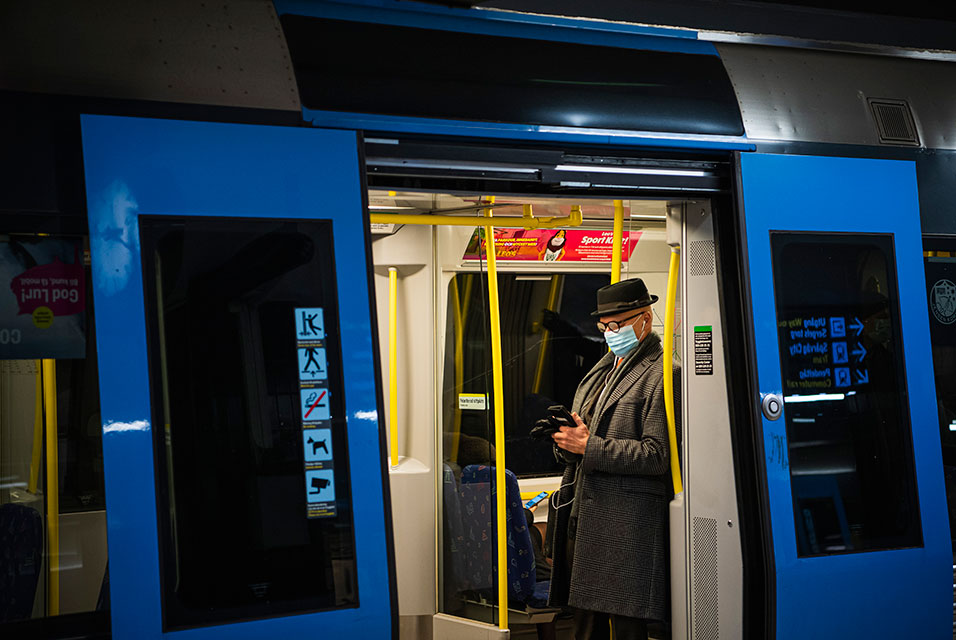COVENTRY.- Since the beginning of the Covid-19 pandemic many people have been, or may feel, hesitant about taking public transport, due to the perceived risk of picking up germs from areas such as the grab-poles on trains, buses and trams, which are the principal point of contact.
However, a team including researchers from WMG at the
University of Warwick, product designers Transport Design International (TDI), anti-microbial additive developers BioCote and Promethean Particles and the Health and Safety Executive (HSE), led by Derby based manufacturers Composites Braiding Ltd (CBL), will produce lightweight composite grab-poles with an embedded anti-microbial property in their project AMICABLE, thanks to a £480,000 award from the Innovate UK Smart Grant scheme.
The anti-microbial grab poles will be for use in a wide range of public transport applications, such as bus, tram, rail and underground. This should lead to a step-change in hygiene in public transportation and a reduction in transmission of infections of various origins.
Although researchers are currently focusing on public transport applications, there could be the potential for the materials to be used on cruise ships, medical furniture or wherever there are public-facing surfaces.
The teams, from WMG, CBL and TDI have previously worked together on making the materials for the Coventry Very-Light Rail system, and using their expertise from previous projects and concepts already developed for anti-microbial efficacy in sectors such as food packaging and healthcare, they hope to make the new grab-poles within the next 12 months. At the project completion there is an opportunity to demonstrate, for the first time, the new grab-poles directly within new prototype vehicles such as Revolution VLR and the Coventry Light Rail system.
The poles themselves will be retro-fittable, so not only can they be fitted into new vehicles, they can replace current steel poles in existing ones such as buses and the Underground. The project aims to make a range of poles at costs competitive to the current steel ones, however, due to their light-weight material they will be around a third of the weight and will also help with meeting decarbonisation goals by aiding fuel efficiency and manufacturing via lower carbon methods.
Dr Darren Hughes, from WMG, University of Warwick comments:
“As we work in developing future public transport solutions such as the Coventry Very-Light Rail system, the Covid-19 pandemic opened our eyes to the importance of also making transport as clean an environment as possible for passengers. It is clear that a key point of contact for passengers is the grab-poles and other similar structures. Therefore, incorporating anti-microbial grab poles into vehicles could encourage more people to opt for public transport which is generally an environmentally efficient mode of transport.”
James Taylor, from TDI comments:
“TDI specialises in the design of very light weight vehicles and products so the introduction on this new anti-microbial technology in thermoplastic composites for compliant new vehicle interior products is an extremely exciting opportunity”
Steve Barbour, of Derby-based specialists in thermoplastic braiding CBL adds:
“Using in-mould coating impregnation and fibre commingling techniques, anti-microbial particles will be incorporated into the composite rails during the moulding process. Importantly, as the anti-microbial material will be applied during manufacture, it becomes a permanent part of the structure and therefore is expected to be less susceptible to wear. However, when it does reach the end of its life the thermoplastic matrix material will be inherently recyclable, making the grab-poles environmentally friendly.”










